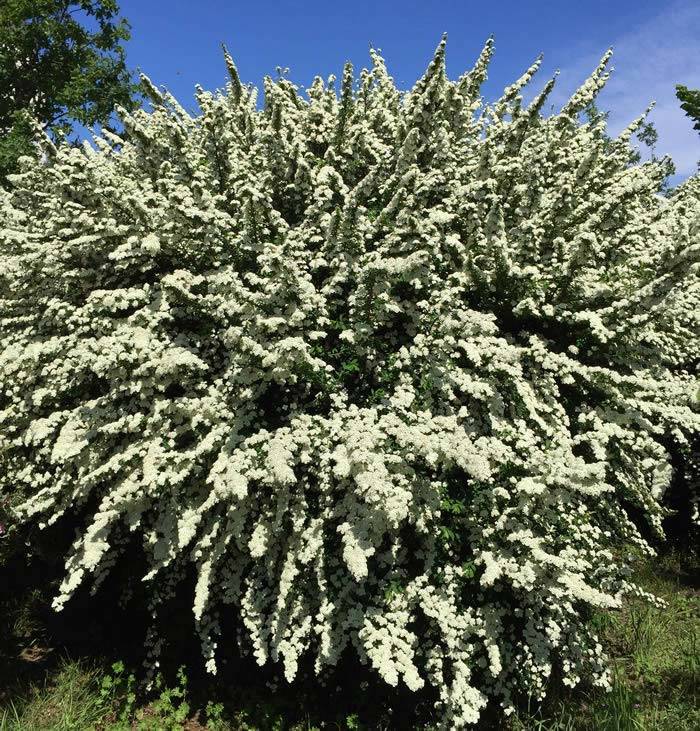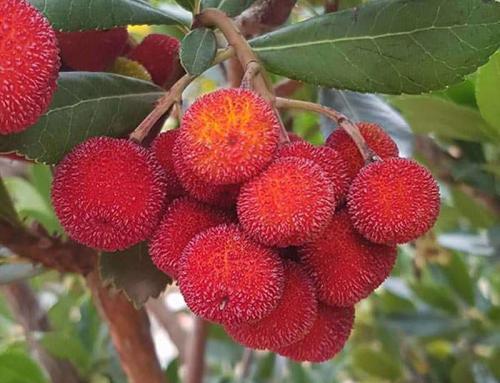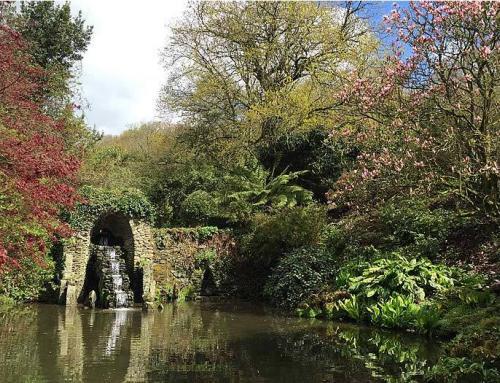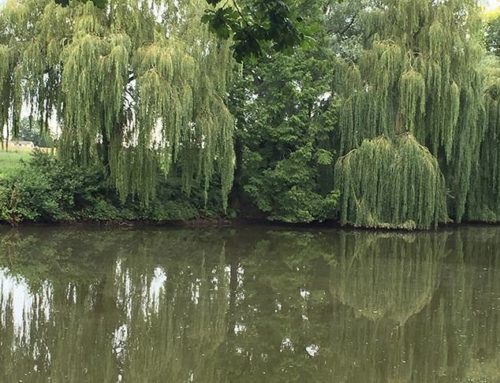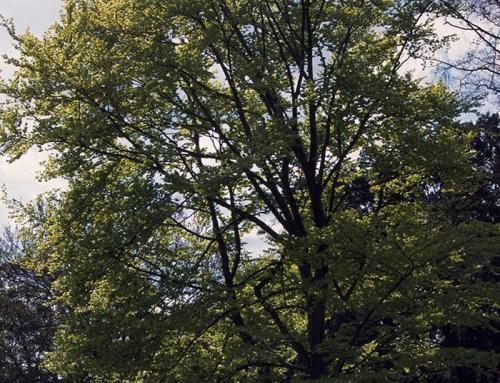We’ve just secured two new varieties of Hawthorn for our plant collection here at Paramount Plants & Gardens and this is the perfect opportunity to introduce the native Hawthorn and explain why we think they are such a valuable plant to consider for today’s gardens.
Common Hawthorn also known as The May Tree, is an indigenous species to the UK and has been a feature of the British landscape for millennia, it features hugely in folklore and legend and wearing a sprig of Hawthorn blossom on May Day festivals was a necessity if you didn’t want to be doused with water. Even the ship carrying the early settlers from the UK to America was called the Mayflower after the Hawthorn.
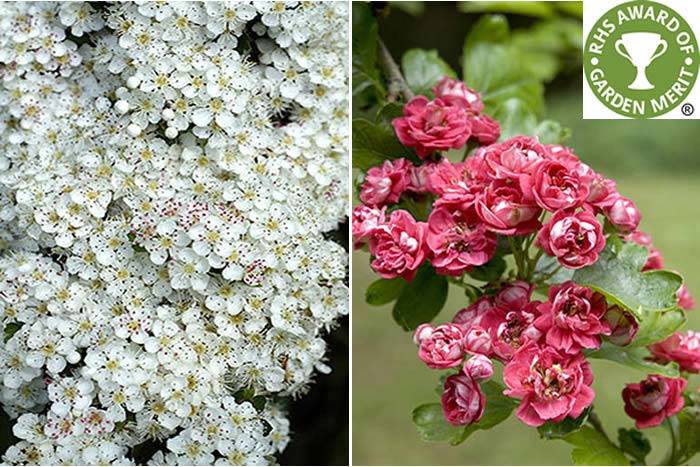
Left – Crateagus Monogyna or Common Hawthorn | Right Crataegus Laevigata Paul’s Scarlet – RHS AGM medal
So what is so special about Hawthorn?
Well it possesses all the ‘must haves’ in our view for a plant to be considered for today’s gardens. It has beautiful blossom and is lightly fragrant. Common Hawthorn, Crataegus Monogyna, is blanketed in pure white blooms during May and June each year and Crataegus Laevigata Pauls Scarlet displays profuse clusters of double red flowers in early summer. There is little to tell the difference between these two tree varieties until the blossom arrives but they are totally different when blooming and have their own gifts to bring to your garden design.
Hawthorn Tree or Hedge?
Who hasn’t spotted a lone Hawthorn tree in full bloom in an English landscape? There is nothing more reminiscent of olde England – except perhaps a traditional hedgerow bursting with white Hawthorn flowers and buzzing with the sound of bees happily collecting nectar.
All Hawthorn varieties will grow well as specimen trees, they are hardy, robust trees that will thrive in just about any type of soil and can be easily pruned to keep them to whatever size suits your space. They will tolerate chalky soil, clay soil, exposed windy sites and coastal planting.
As hedging plants Common Hawthorn and Paul’s Scarlet really have an edge, as well as being incredibly dense growers, they have stunning flowers attracting pollinators, the perfect habitat for nesting birds and the bright red, berry-like ‘haws’ in Autumn are an essential food source for birds such as thrushes and waxwings. In late Autumn the leaves turn a warm, golden yellow before shedding for the winter and even the close growing branches in winter give sculptural structure to the garden.
The thorny branches provide an excellent deterrent for intruders and therefore Hawthorn is the perfect choice for privacy, boundary hedging where security is of importance.
Special Offer
As an introductory offer on both our new varieties we have a special promotional deal when you buy 10 plants, view these links for details:
Crataegus Monogyna – Common Hawthorn
Crataegus Laevigata Pauls Scarlet – Paul’s Scarlet
Read more about the origins of Hawthorn and why it’s an important species for planting in the UK on the Woodland Trust website

